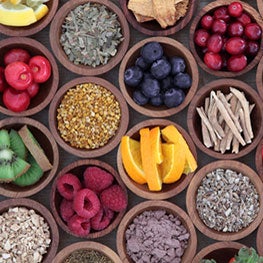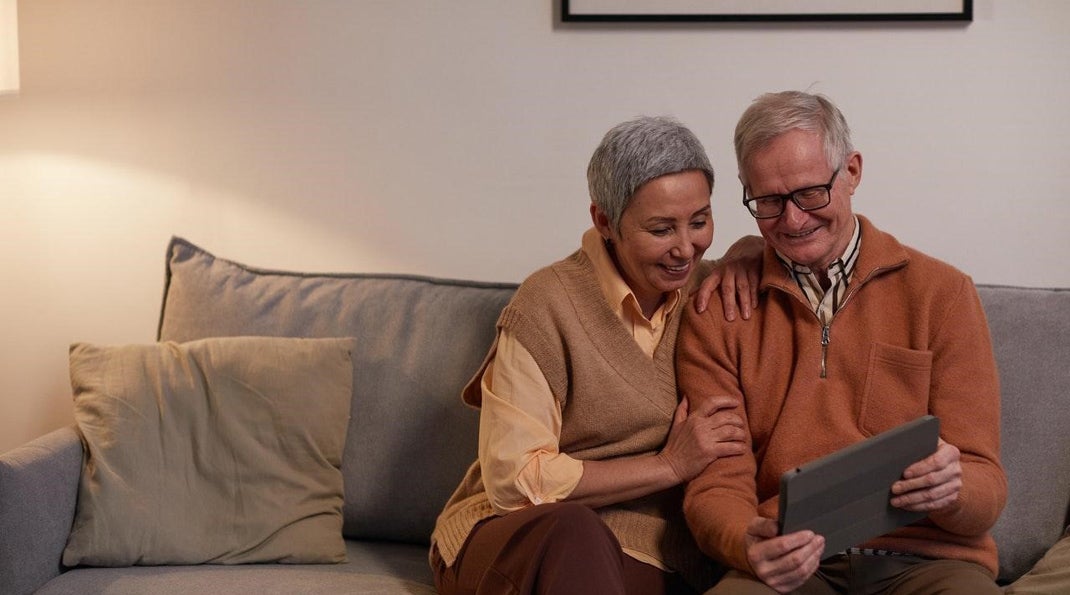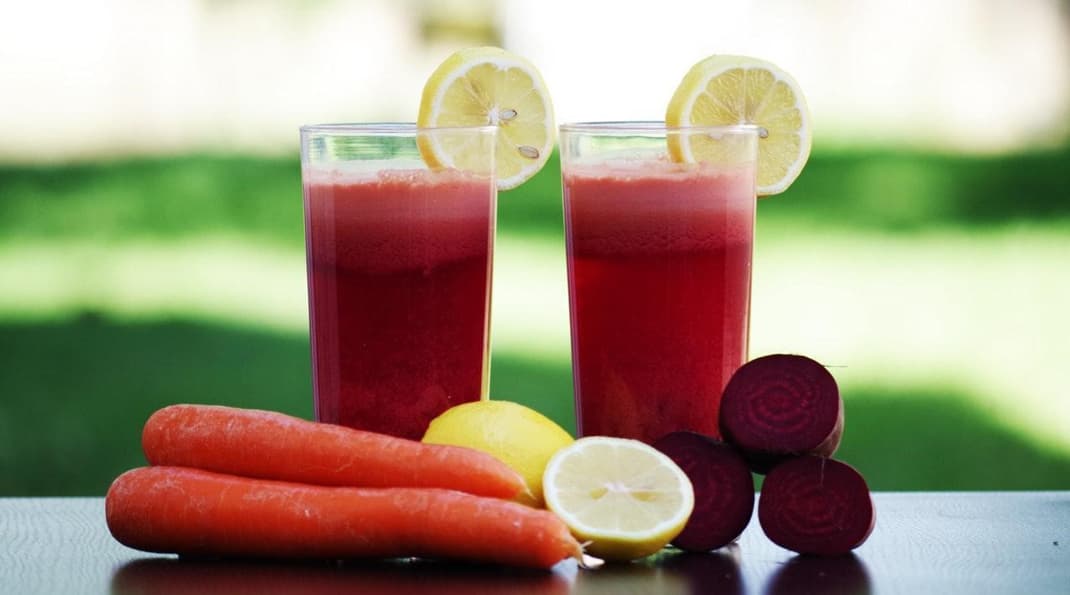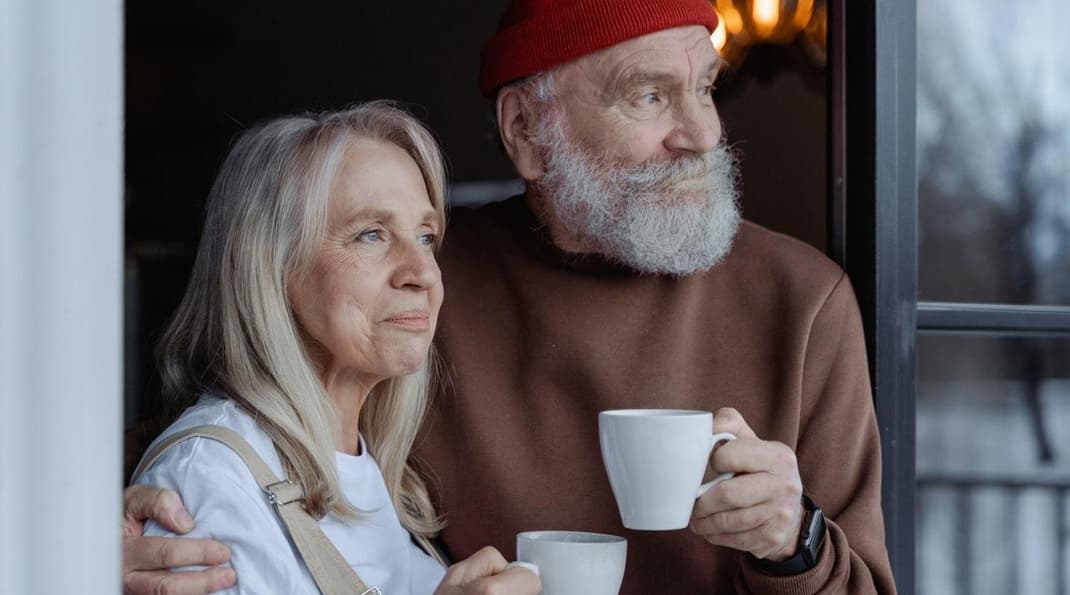Healthy and active ageing

Staying healthy and feeling your best means you can get the most out of life – whatever your age. However, as we get older, we become more aware of how lifestyle choices around nutrition and exercise can have a powerful impact on the way we live our lives.
It’s never too late to start good lifestyle habits. Whether it’s making wise food choices or beginning a daily exercise routine, it’s time to think about your health so that you continue to live life to the full, with positive experiences and possibilities ahead.
Your path to staying healthy over 50
As we get older, our bodies naturally change and our muscles, bones and joints may feel a little different. It’s perfectly normal, however our lifestyle habits can determine the impact these changes have on our lives. Poor eating habits and a lack of exercise can leave our bodies feeling tired and more susceptible to health issues. It’s why balanced nutrition and physical activity are so important.
Good nutrition and exercise are more effective in slowing down age-related health issues when both become a routine part of life. The right levels of nutrients are essential to keep our bodies functioning as well as they can, from protein for maintaining muscle to fibre in aiding healthy digestion.
KEY FACT
It’s not always easy to have a balanced diet. In fact, research shows that certain nutrients important for health may be lacking in our diet as we get older.1
Nutrition Tip
To help maintain muscle mass, it’s important to consume adequate protein and aim to spread your intake over meals and snacks throughout the day.3,4
Get moving!
The benefits of regular exercise extend beyond physical health. A strong agile body is more resilient and helps you stay active and engaged with doing what you enjoy most. You’ll feel these benefits now and appreciate over the longer term.
ACTIVITY TIP
Adequate dietary protein, combined with resistance training using all the major muscle groups, helps maintain muscle so that you can stay strong.3,4
KEY FACT
After the age of 50, the average adult loses 1% of muscle mass each year.2
References
- Australian Bureau of Statistics. Australian Health Survey: usual nutrient intakes, 2011-12. Canberra: Australian Bureau of Statistics; 2015. Available online at: http://www.abs.gov.au/ausstats/abs@.nsf/Lookup/4364.0.55.008main+features12011-12 (accessed May 2016).
- Thomas DR. Loss of skeletal muscle mass in ageing: Examining the relationship of starvation, sarcopenia and cachexia.Clin Nutr. 2007;26,389–399.
- Bauer J, Biolo G, Cederholm T, et al. Evidence-based recommendations for optimal dietary protein intake in older people:a position paper from the PROT-AGE study group. J Am Med Dir Assoc 2013; 14: 542-559.
- World Health Organization. Global recommendations on physical activity for health 65 years and above. Geneva: WHO;2011. Available online at: http://www.who.int/dietphysicalactivity/publications/recommendations65yearsold/en/ (accessed May 2016).




